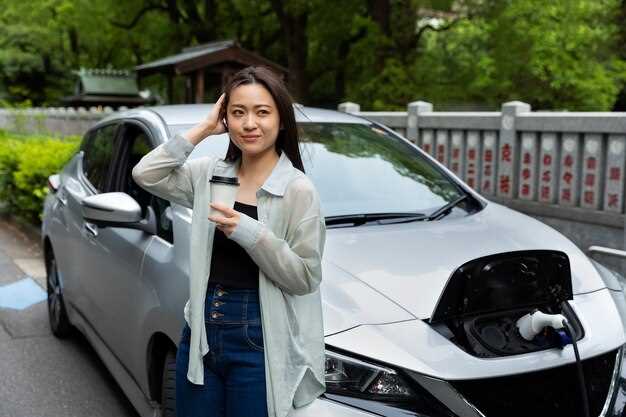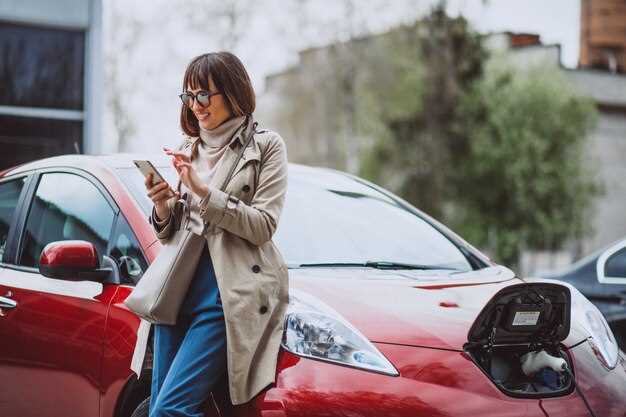
The rapid evolution of the electric vehicle (EV) market in China has made it one of the largest and most competitive globally. Chinese brands are at the forefront of innovation, continuously pushing boundaries to enhance the charging experience for users. Understanding the charging speed of these vehicles is essential for consumers and industry stakeholders alike.
Charging speed is a critical factor influencing the overall usability and adoption of EVs. Many Chinese manufacturers have developed advanced battery technologies and charging infrastructure, allowing for faster replenishment of battery power. This article will explore how various brands in the Chinese EV market approach charging, examining factors such as battery capacity, charger types, and the effects of environmental conditions on charging efficiency.
As the demand for electric vehicles grows, so does the need for robust charging solutions. By unpacking the charging speeds offered by leading Chinese EV brands, we aim to provide valuable insights for potential buyers and experts in the automotive industry. The future of transportation is electric, and understanding the nuances of charging speeds will empower users to make informed decisions in this dynamic market.
Understanding Fast Charging Technologies Used by Chinese EV Brands

Chinese electric vehicle (EV) brands have made significant strides in fast charging technologies, tackling the challenges of range anxiety and charging time that potential buyers often face. These brands employ a variety of advanced technologies to enhance charging speeds, making their vehicles more appealing in an increasingly competitive market.
One of the core technologies utilized by Chinese EV brands is high-voltage charging systems. These systems allow for a higher power transfer during the charging process, significantly reducing the time it takes to reach full battery capacity. Brands such as NIO and BYD utilize high-voltage architectures to enable their vehicles to accept up to 800V charging, thereby improving efficiency and decreasing charge durations.
Additionally, liquid cooling systems play a crucial role in fast charging. By managing battery temperature effectively during the charging process, these systems prevent overheating and ensure optimal performance. This technology is employed by brands like Xpeng and Geely, which allows rapid charging without compromising battery life.
Another critical component of fast charging is the integration of smart charging stations equipped with advanced communication protocols. These stations, developed by various Chinese companies, optimize the charging process by adjusting power levels based on real-time data from the vehicle, thus ensuring efficient energy delivery. This innovation not only speeds up the charging time but also enhances the safety of the charging experience.
Moreover, battery chemistry innovations are essential for improving charging speeds. Chinese brands are increasingly focusing on the development of solid-state batteries and lithium iron phosphate (LiFePO4) batteries. These chemistries allow for faster ion movement, which translates into shorter charging times while maintaining safety and longevity.
Overall, the combination of high-voltage systems, cooling technologies, smart charging infrastructure, and advanced battery chemistry positions Chinese EV brands as leaders in the fast charging arena, providing consumers with more reliable and faster charging solutions.
Comparing Charging Speed Across Popular Chinese Electric Vehicle Models
The rapid growth of the electric vehicle (EV) market in China has brought a diverse range of brands and models, each with varying charging speeds. Understanding these differences is crucial for consumers looking to choose an efficient EV. This section will highlight some of the most popular Chinese EV models and compare their charging capabilities.
BYD Han EV is one of the standout models in terms of charging speed. Utilizing BYD’s proprietary Blade Battery technology, the Han can achieve a DC fast charging capacity of up to 120 kW. This enables the vehicle to recharge its battery from 30% to 80% in approximately 30 minutes, making it suitable for long-distance travel.
Xpeng P7 is another notable contender, particularly in the realm of smart EVs. With a charging speed of up to 92 kW, the P7 can replenish 80% of its battery in around 40 minutes when using a DC fast charger. Xpeng’s focus on integrating technology with performance allows for a seamless charging experience, appealing to tech-savvy consumers.
NIO ES6, a strong competitor in the luxury segment, features a unique battery swapping system, which sets it apart from traditional charging methods. While it supports DC fast charging at 100 kW, the ability to swap batteries in under five minutes provides a significant advantage for users needing a quick turnaround. This innovative approach complements NIO’s strategy of focusing on customer convenience.
Geely Geometry A offers a more budget-friendly option, with a charging capability of 40 kW for AC charging and 60 kW for DC fast charging. While its charging speed is lower than the previously mentioned models, it provides a practical solution for city driving where long charging times can be more manageable.
Overall, the Chinese EV market showcases a variety of brands that cater to different consumer needs regarding charging speed. Factors such as battery technology, infrastructure availability, and vehicle usage patterns can influence the best choice for potential buyers. It’s essential for consumers to consider not just the charging speed but also how it aligns with their lifestyle and driving habits.
Practical Tips for Maximizing Charging Efficiency with Chinese EVs

To enhance the charging efficiency of your Chinese electric vehicle (EV), it is essential to understand the specific characteristics of various brands and their respective charging technologies. Here are some practical tips to help you maximize charging performance.
First, always use the recommended charging equipment provided by the brand. Each manufacturer optimizes their EVs to work best with specific chargers, and using third-party options can lead to slower charging speeds or, in some cases, potential damage to the vehicle.
Next, understand the charging modes available on your Chinese EV. Many brands offer different charging levels, such as Level 1, Level 2, and DC fast charging. Utilizing DC fast chargers when available can significantly reduce charging time, making it ideal for long-distance travel.
Additionally, consider the state of your battery. Maintaining battery health is crucial for efficient charging. Avoiding frequent full discharges and high states of charge can prolong battery life and promote faster charging performance. Charging your EV when the battery level is between 20% and 80% is often recommended.
It’s also beneficial to monitor ambient temperature conditions. Extreme cold or heat can adversely affect charging speeds. If possible, park your vehicle in shaded areas during hot weather or in garages during cold spells to help maintain optimal battery temperature while charging.
Lastly, utilizing smart charging features, if available, can help in scheduling your charging sessions during off-peak hours. Many Chinese EV brands offer mobile apps that allow you to monitor charging status and control charging times, ensuring that you take advantage of the best rates available and avoiding peak energy costs.


